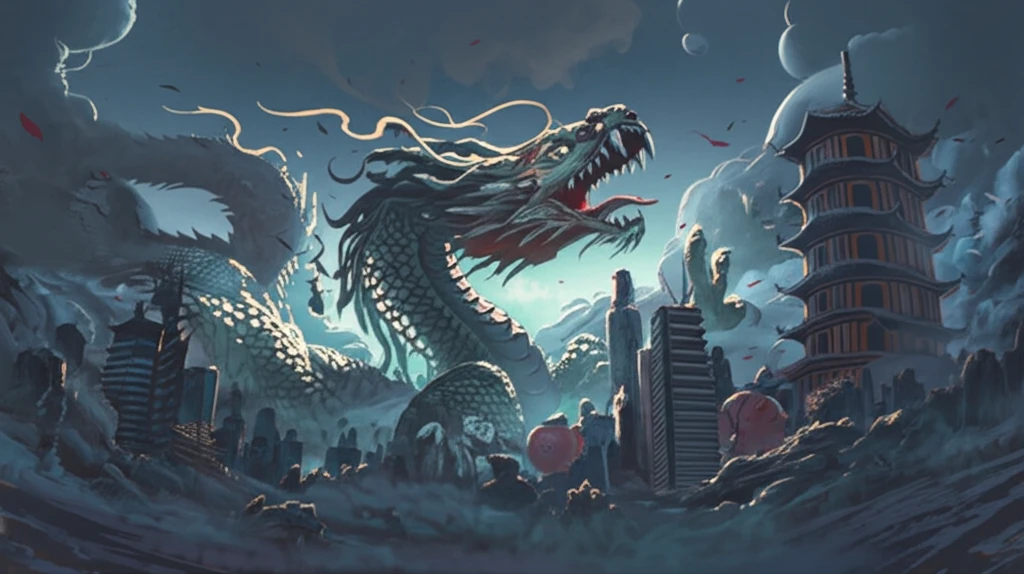
Can China's Unique Economic Model Survive? Unpacking the Bureaucracy-Market Dynamic
"A deep dive into how China's post-Mao reforms incentivized economic growth, and whether its 'grease the wheels' approach can maintain long-term stability."
China's economic ascent has been one of the most significant stories of the last half-century. Since Deng Xiaoping's reforms began in 1978, the nation has transformed from an impoverished, largely agrarian society into the world's second-largest economy. But how did this happen? What were the key ingredients in China's recipe for growth? And, perhaps most importantly, can this success be sustained?
Conventional wisdom often points to factors like cheap labor, export-oriented policies, and massive infrastructure investments. However, a deeper look reveals a more nuanced picture, one where the unique interaction between the Chinese bureaucracy and the emerging market economy played a pivotal role. This isn't your textbook capitalism; it's a system with Chinese characteristics, and understanding those characteristics is crucial to understanding China's past and future.
This article delves into the argument presented by Yuen Yuen Ang in her book, How China Escaped the Poverty Trap, exploring how incentives given to the Chinese bureaucracy fueled economic growth. We'll examine the benefits and potential pitfalls of this approach, and consider whether it can truly lead to long-term stability.
The 'Grease the Wheels' Strategy: How China Incentivized Growth

At the heart of China's economic transformation lies a unique approach to incentivizing its vast bureaucracy. Instead of relying solely on top-down directives, Deng Xiaoping and his successors implemented a system that rewarded bureaucrats for attracting investment and promoting economic activity in their regions. This strategy, often referred to as 'greasing the wheels,' involved a combination of:
- Investment Targets: Bureaucrats were given specific goals for attracting investment to their regions.
- Performance-Based Bonuses: Meeting or exceeding these targets resulted in significant financial rewards.
- Potential Penalties: Failure to meet targets could lead to demotion or other penalties.
- Technocratic Recruitment: As older, less-skilled bureaucrats retired, they were replaced by younger technocrats with expertise in modern finance and global trade.
The Road Ahead: Can China Maintain Its Momentum?
While China's economic success is undeniable, the long-term sustainability of its 'grease the wheels' approach remains an open question. Concerns about corruption, the misallocation of resources, and the growing influence of political connections pose significant challenges. Whether China can address these issues and transition to a more sustainable and equitable growth model will determine its economic future.
